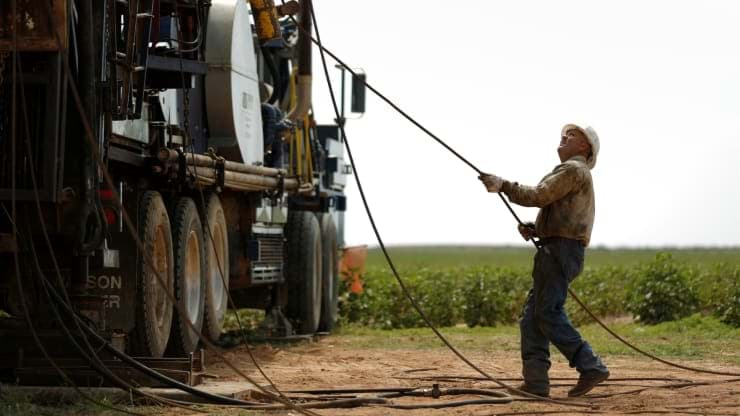Distressed Investing Experts Say Crisis in Oil Patch is Mounting, But Could Present Opportunities

Oil and gas companies are facing a slew of headwinds: stagnant commodity prices, along with supply, transportation and geopolitical challenges. This has given way to a rising number of out-of-court recapitalizations, formal bankruptcy cases, and the closing of debt and equity windows to oil and gas and oilfield service companies.
A
massive load of high yield debt coming due in the next few years was one of the
main topics on a panel entitled “Crisis in the Oilpatch — Danger or Opportunity
for Lenders and Distressed Investors?” at annual the Distressed Investing
Conference.
The
industry is facing a wall of maturities that will start to hit in the second
quarter of 2021, according to Todd Dittman of the privately-held alternative
investment firm Angelo Gordon.
Dittman
added that he had never seen an industry more hated in his 28 years working in
the energy finance space.
“Every
major source of capital is gone,” said Dittman, who is the head of energy at
Angelo Gordon. “We’re finding out how important liquidity was to the shale
bubble and I think it was turning out to be vital.”
The
wall of debt, along with stagnant commodity prices, could result in
“significant losses” for reserve-based lenders, said Elena Robciuc, managing
director of Societe Generale’s energy group.
“Essentially,
the reserve-based lenders are becoming the last resort financier for the
industry and that is not the role they are intended to serve,” Robciuc said at
the conference hosted by the Beard Group at the Harmonie Club in Manhattan.
Robert
Albergotti, a Houston-based managing director at AlixPartners, said coming out
of the last cycle, a lot of the oil and gas companies that had cleaned up their
books had done so on the hypothesis of crude oil prices between $65 to $75 per
barrel.
With
crude oil prices hovering below that range, right now it’s trading at $55 per
barrel, the $5 to $10 difference is having a significant impact on a lot of
companies.
“These
companies are extremely capital intensive … the drain on cash flow is quite
extreme and we come in and help make the hard decision to shut down rigs or
not,” Albergotti said about his role when a call comes in from an oil and gas
company experiencing financial troubles.
While
these conditions are difficult for incumbent lenders, note holders and equity
investors, there are investing opportunities for strategic buyers with patient
capital.
“Invest
well within established cash flow, [with] a reversion to pre-2008 mindset,
[use] a value approach,” the last slide in Dittman’s presentation stated.
Dittman
thinks private equity investors should buy PDP, or proved developed producing
reserves, at cheap prices, lever modestly, and hedge. PDP is the oil and gas
that the borrower is actually producing from its operations and provides cash
flow to the borrower, as defined by the Federal Reserve.
For
distressed investors, he suggests buying unimpaired secured tranches at
discounts and amortize prior to maturity through sweeps and asset sales.
Lastly, for non-bank lenders, Dittman says the best bet is to make PDP-covered loans, amortize and hedge on oil and gas prices.
